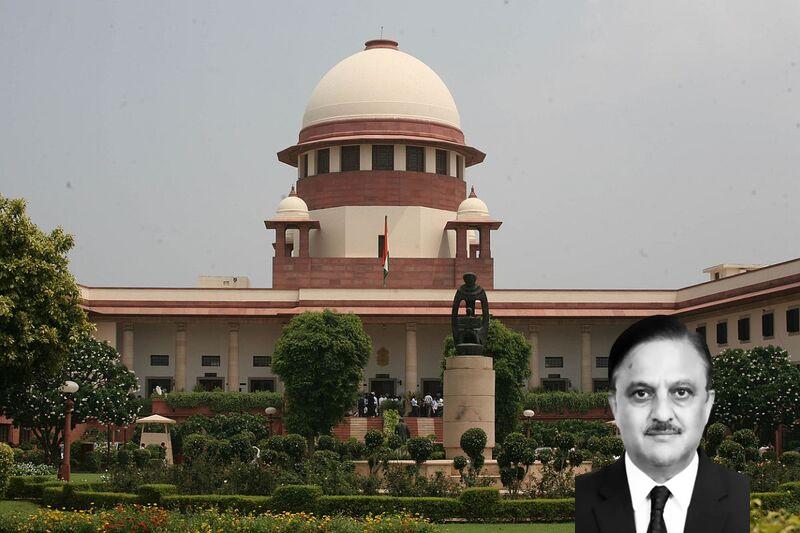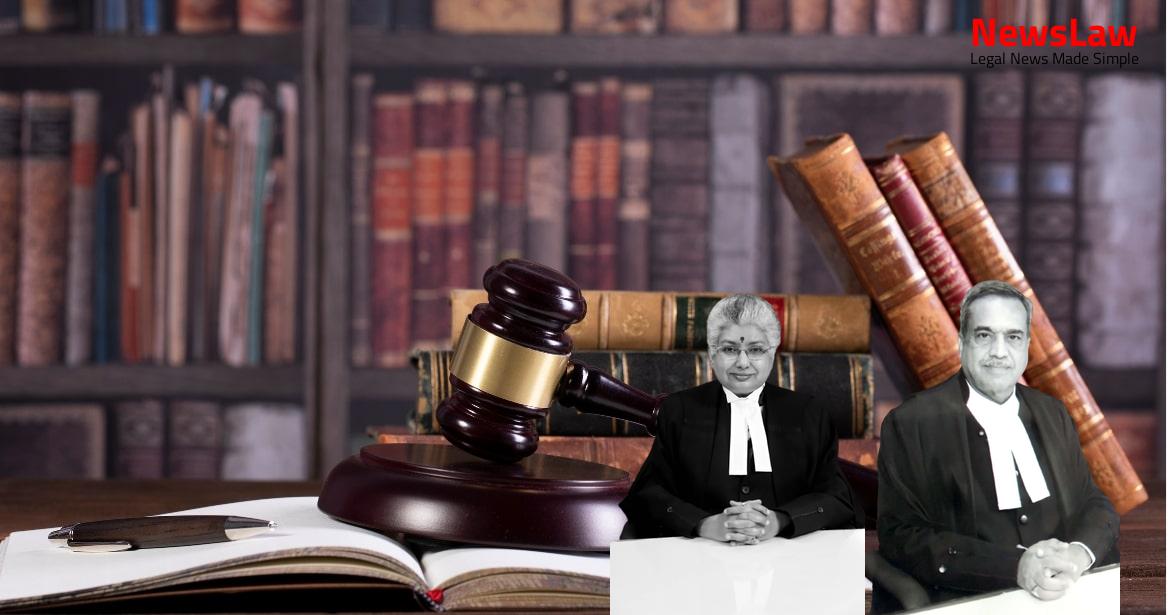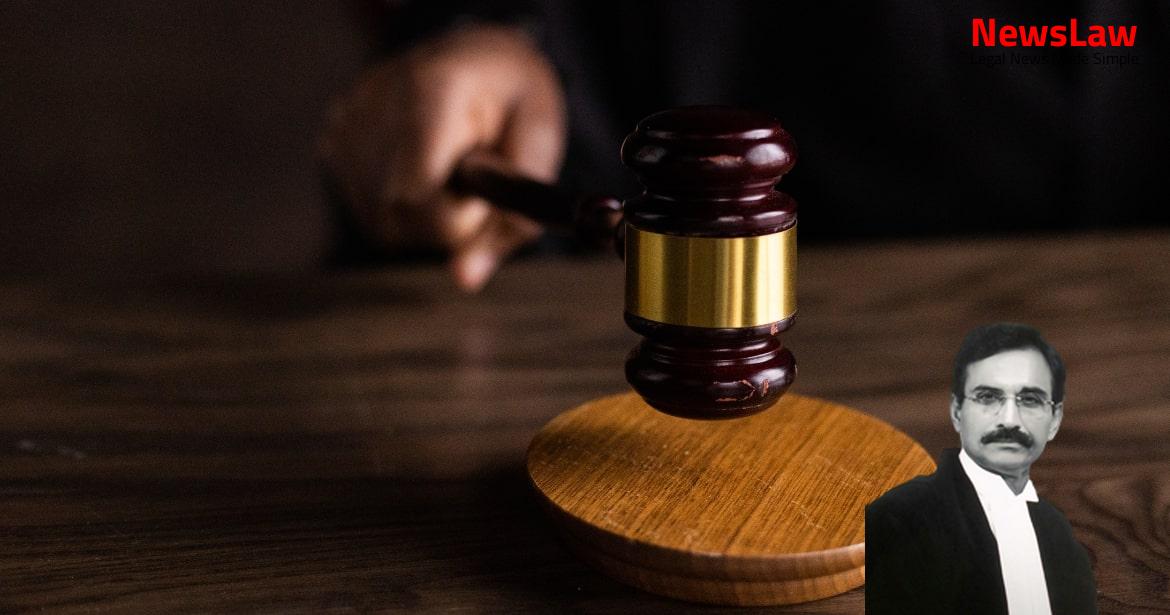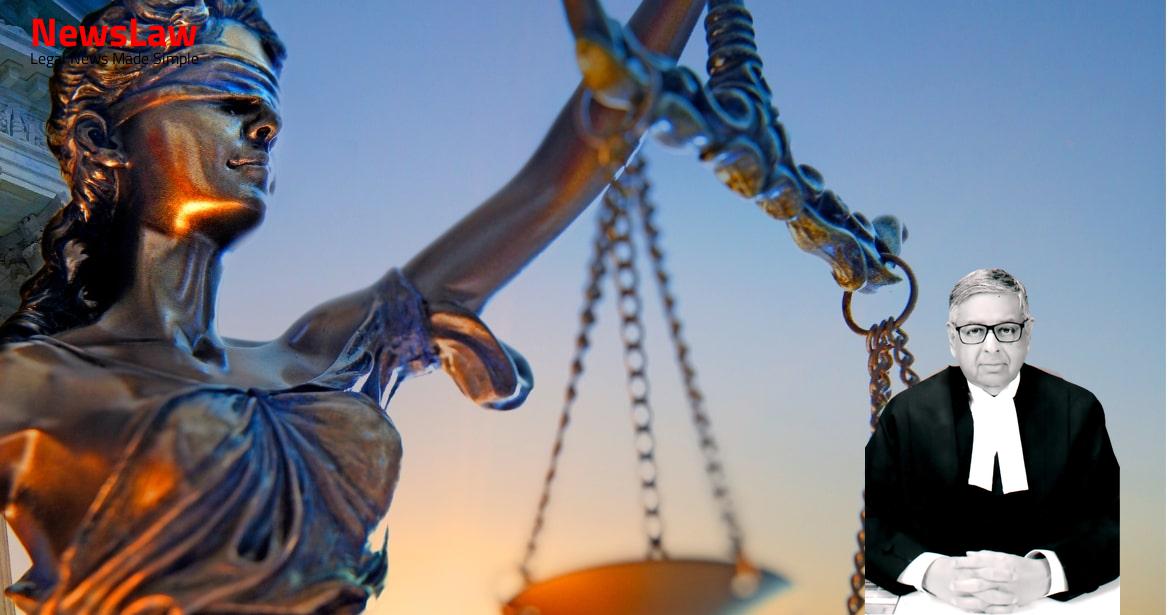When PW-1 Baldev was passing through that area by his two-wheeler, the crowd stopped him. PW- 13 Ajay was passing through that area on his two-wheeler with Mukesh as a pillion rider. Seven accused were convicted, including the present appellant-accused no.6, for the offences punishable under Section 396 read with Section 149, Section 395 read with Section 149, Section 307 read with Section 149, Section 435 read with Section 149 and Section 201 read with Section 149 of the Indian Penal Code, 1860 (for short ‘IPC’). Learned counsel appointed as Amicus Curiae to espouse the cause of the appellant pointed out that only one witness, namely, PW-2 Gitaben identified the appellant and ascribed him a role of pulling her gold chain. She submitted that time of only two years had elapsed between the date of occurrence and the date of deposition of PW-2, and therefore, it was easily possible for PW-2 to identify the appellant.
PW-2 stated in the examination-in-chief that there were six passengers in the auto-rickshaw by which she was travelling. She specifically stated that there were 50-100 people in the mob present around the auto-rickshaw, and she did not identify anyone from the mob. Therefore, it is very difficult to accept that in such a large mob gathered around the auto-rickshaw, the witness could remember the face of only one accused and recognise him after a lapse of about two years from the date of the incident. In a given case, the conviction can be based on the testimony of only one eyewitness. ( 3 ) Whether corroboration of the testimony of a single witness is or is not necessary, must depend upon facts and circumstances of each case and no general rule can be laid down in a matter like this and much depends upon the judicial discretion of the Judge before whom the case comes. Section 134 of the Indian Evidence Act, has categorically laid it down that “no particular number of witnesses shall, in any case, be required for the proof of any fact”. Even as the guilt of an accused person may be proved by the testimony of a single witness, the innocence of an accused person may be established on the testimony of a single witness, even though a considerable number of witnesses may be forthcoming to testify to the truth of the case for the prosecution.
In the first category of proof, the court should have no difficulty in coming to its conclusion either way — it may convict or may acquit on the testimony of a single witness, if it is found to be above reproach or suspicion of interestedness, incompetence or subornation. The court naturally has to weigh carefully such a testimony and if it is satisfied that the evidence is reliable and free from all taints which tend to render oral testimony open to suspicion, it becomes its duty to act upon such testimony. Considering the nature of the testimony of PW-2, it cannot be said that the evidence of PW-2 is wholly reliable. The Trial Court believed the testimony of PW-25 (Arifkhan) and PW-26 (Sachinbhai Patel). Both PW-25 and PW-26 identified accused no.2. The test identification parade as regards accused nos.1 and 5 was not held, but as regards accused no.13, the test identification parade was conducted. This Court did not partially reject the testimony of PW-25 and PW-26 but rejected their testimony in its entirety. In these circumstances, therefore, without there being any direct evidence about the actual participation of the appellants in all the incidents it could not be inferred as a matter of law that once the appellants were members of the mob at the National Hotel, they must be deemed to have participated in all the other incidents at the Engineering College Hostel, Bharat Lodge and the chawl of Jogendra Singh. In other words, it must be proved in each case that the person concerned was not only a member of the unlawful assembly at some stage, but at all the crucial stages and shared the common object of the assembly at all these stages.
If PW-25 and PW-26 identified accused nos.2, 3 and 4 by stating that they were members of the mob; once a Coordinate Bench of this Court discards their testimony in its entirety being unreliable, the benefit of the said finding will have to be extended to the accused nos.2,3 and 4 as they are similarly placed with accused nos.1,5 and 13. This principle means that the Criminal Court should decide like cases alike, and in such cases, the Court cannot make a distinction between the two accused, which will amount to discrimination. 1,5 and 13 deserves to be extended to accused nos.3 and 4, who did not challenge the judgment of the High Court. The case of the petitioner Harbans Singh appears, indeed, to be unfortunate, as neither in his special leave petition and the review petition in this Court nor in his mercy petition to the President of India, this all important and significant fact that the life sentence imposed on his co- accused in respect of the very same offence has been commuted to one of life imprisonment has been mentioned. I also feel that had the petitioner in his mercy petition to the President of India made any mention of this fact of commutation of death sentence to one of life imprisonment on his co- accused in respect of the very same offence, the President might have been inclined to take a different view on his petition.” (emphasis added) 19. In fact, as a Constitutional Court entrusted with the duty of upholding fundamental rights guaranteed under the Constitution, it is our duty and obligation to extend the same relief to accused no.2. They shall be forthwith set at liberty if they are not required to be detained in connection with any other case; c. He shall be forthwith set at liberty unless he is required to be detained in connection with any other offence; and d.



